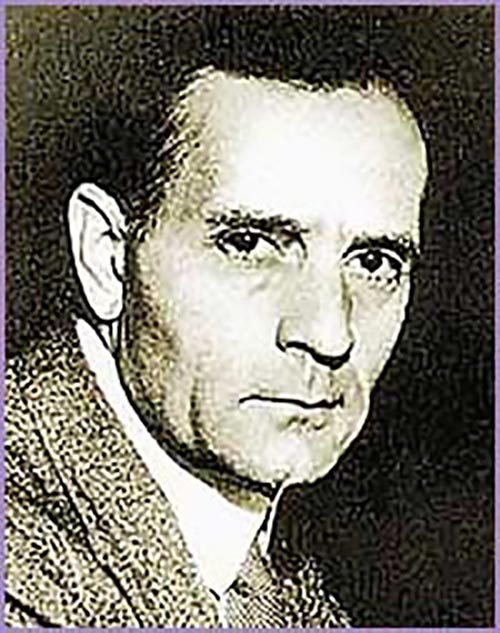13.10: Gravitational Lensing
- Page ID
- 244372
\( \newcommand{\vecs}[1]{\overset { \scriptstyle \rightharpoonup} {\mathbf{#1}} } \) \( \newcommand{\vecd}[1]{\overset{-\!-\!\rightharpoonup}{\vphantom{a}\smash {#1}}} \)\(\newcommand{\id}{\mathrm{id}}\) \( \newcommand{\Span}{\mathrm{span}}\) \( \newcommand{\kernel}{\mathrm{null}\,}\) \( \newcommand{\range}{\mathrm{range}\,}\) \( \newcommand{\RealPart}{\mathrm{Re}}\) \( \newcommand{\ImaginaryPart}{\mathrm{Im}}\) \( \newcommand{\Argument}{\mathrm{Arg}}\) \( \newcommand{\norm}[1]{\| #1 \|}\) \( \newcommand{\inner}[2]{\langle #1, #2 \rangle}\) \( \newcommand{\Span}{\mathrm{span}}\) \(\newcommand{\id}{\mathrm{id}}\) \( \newcommand{\Span}{\mathrm{span}}\) \( \newcommand{\kernel}{\mathrm{null}\,}\) \( \newcommand{\range}{\mathrm{range}\,}\) \( \newcommand{\RealPart}{\mathrm{Re}}\) \( \newcommand{\ImaginaryPart}{\mathrm{Im}}\) \( \newcommand{\Argument}{\mathrm{Arg}}\) \( \newcommand{\norm}[1]{\| #1 \|}\) \( \newcommand{\inner}[2]{\langle #1, #2 \rangle}\) \( \newcommand{\Span}{\mathrm{span}}\)\(\newcommand{\AA}{\unicode[.8,0]{x212B}}\)
Massive Objects can act as Gravitational Lenses , which is the magnification or distortion of an image caused by light bending through a gravitational field. Light emitted from a source bends around intermediate mass usually called the deflector or cluster mass distribution . Gravitational lensing was predicted by Einstein’s General Theory of Relativity.



Public Domain | Image courtesy of NASA.
Gravitational lensing can take place on several scales, from strong lensing to microlensing. Fritz Zwicky postulated in 1937 that this could allow galactic clusters to act as gravitational lenses. In 1979, Zwicky’s galactic clusters lensing theory was confirmed through observations of the Twin QSO, SBS 0957+561 .

Public Domain | Image courtesy of NASA / ESA.
Consider this …

Public Domain
Often called a “pioneer of the distant stars,” astronomer Edwin Hubble (1889–1953) played a pivotal role in deciphering the vast and complex nature of the universe. His meticulous studies of spiral nebulae proved the existence of galaxies other than our own Milky Way. Had he not died suddenly in 1953, Hubble would have won that year’s Nobel Prize in Physics.
CC licensed content, Original
- Provided by: Florida State College at Jacksonville. License: CC BY: Attribution

